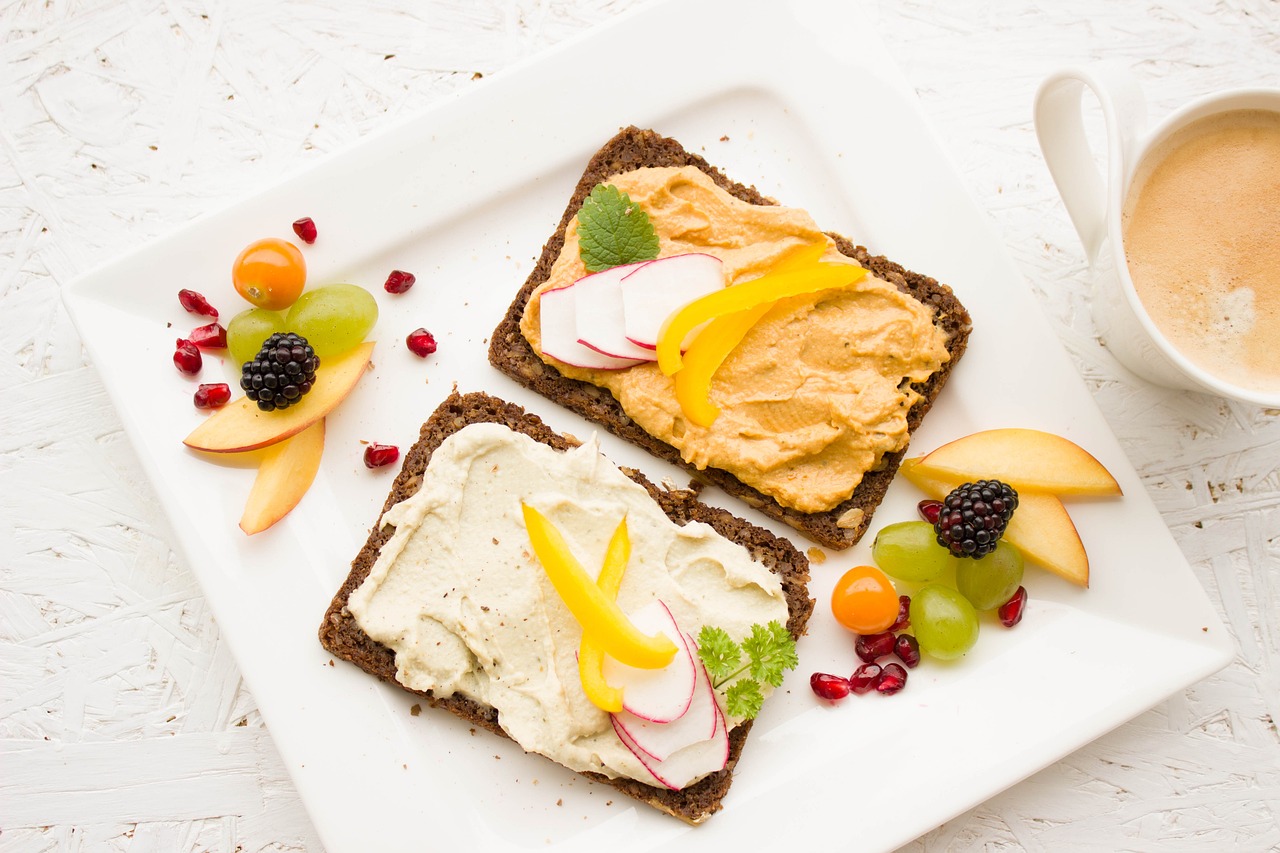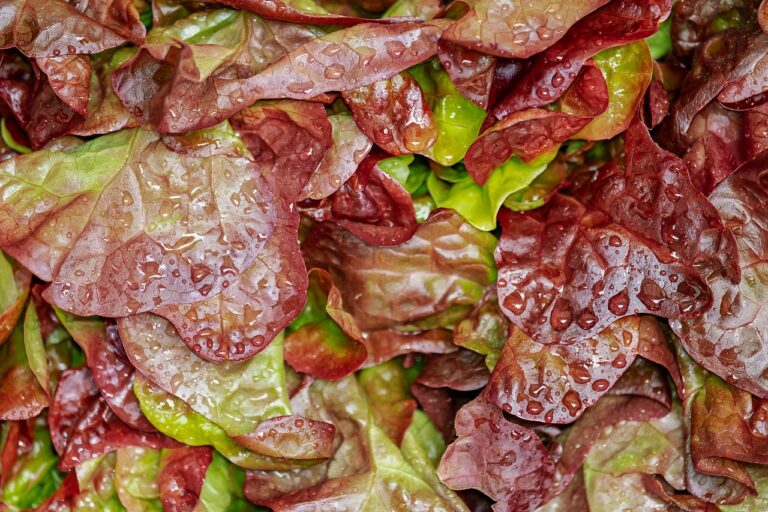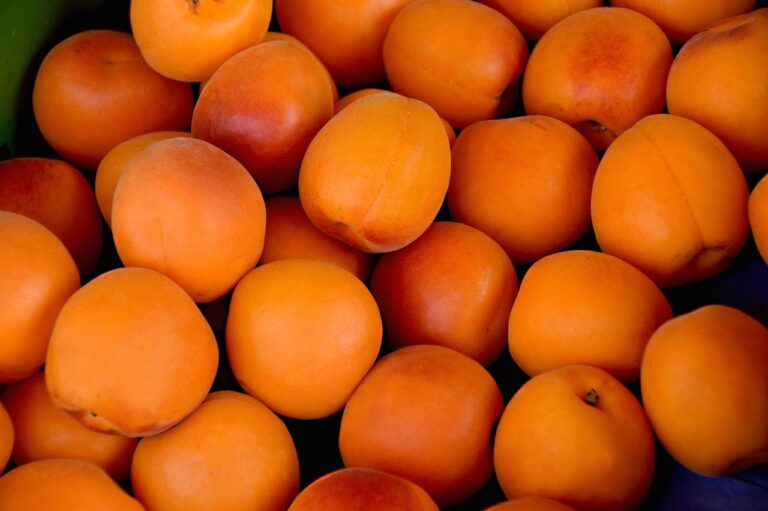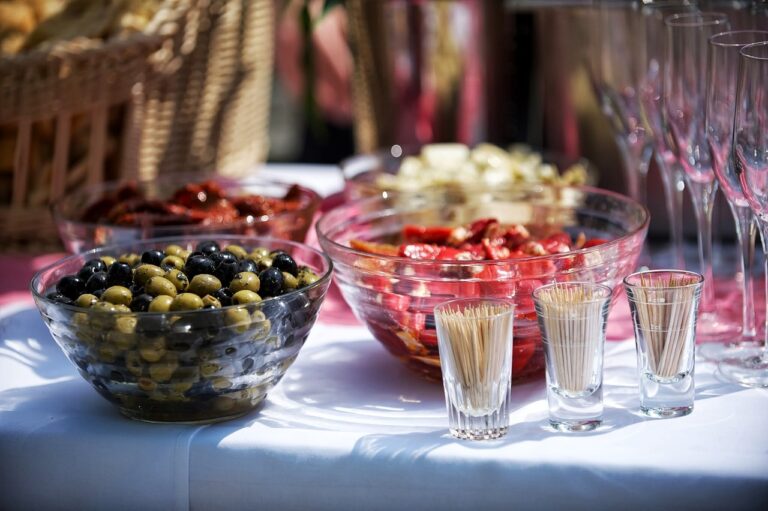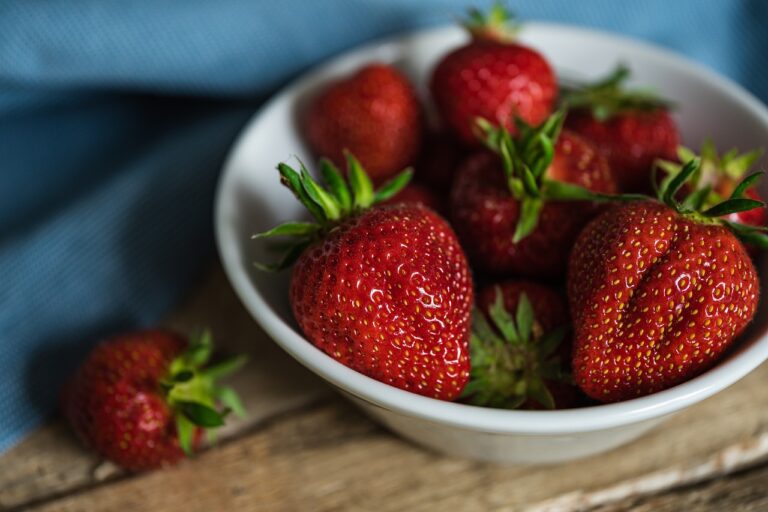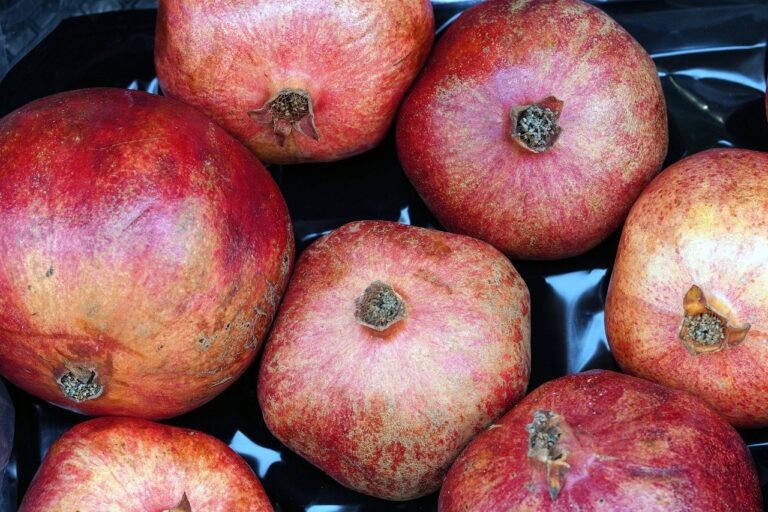Food Styling: Creating Visually Appealing Dishes for Social Media
In the realm of social media, where visuals reign supreme, the presentation of food plays a crucial role in capturing the attention of audiences. A well-presented dish has the power to evoke strong emotions and draw in viewers with its visual appeal. From vibrant colors to intricate plating techniques, the way a dish is presented can make all the difference in creating a memorable and enticing image.
In a sea of content on platforms like Instagram and Pinterest, food that is beautifully presented stands out and has a higher chance of being shared and liked by users. The aesthetic appeal of a dish not only makes it more visually appealing but also conveys a sense of care and attention to detail that can resonate with viewers. In a digital age where first impressions are formed in a matter of seconds, the presentation of food in social media posts is a key element in capturing the interest and engagement of audiences.
Understanding Color Theory in Food Styling
Color plays a crucial role in food styling, as it can evoke specific emotions and perceptions in the viewer. By understanding color theory, food stylists can create visually appealing dishes that entice the senses. Warm colors like reds, oranges, and yellows are known to stimulate the appetite and create a sense of warmth and comfort. On the other hand, cool colors such as blues and greens can have a calming effect and are often associated with freshness and health.
When selecting colors for food styling, it is important to consider not only the colors of the ingredients but also the overall composition of the dish. Complementary colors, like red and green or blue and orange, can create a striking contrast that makes the dish visually appealing. Analogous colors, which are located next to each other on the color wheel, can create a harmonious and cohesive look. By playing with different color combinations and intensities, food stylists can elevate the presentation of their dishes and make them stand out on social media platforms.
Complementary colors, like red and green or blue and orange, can create a striking contrast
Analogous colors, which are located next to each other on the color wheel, can create a harmonious look
Different color combinations and intensities can elevate the presentation of dishes
Color theory also extends beyond just the food itself. Backgrounds, props, and garnishes all play a role in enhancing the overall color scheme of a dish. Neutral backgrounds like white or grey can help make colorful dishes pop, while textured backgrounds like wood or stone can add depth and interest to the composition. When choosing props and garnishes, it’s essential to consider how their colors interact with those of the food to ensure a cohesive look.
Lighting is another crucial factor in food styling that impacts how colors appear in photographs. Natural light is often preferred as it accurately represents the true colors of the dish. However, artificial lighting can be used strategically to enhance certain hues or create moodier effects. By experimenting with different lighting setups and angles, food stylists can further manipulate how colors are perceived by viewers.
Neutral backgrounds like white or grey make colorful dishes stand out
Textured backgrounds like wood or stone add depth to compositions
Props and garnishes should complement the dish’s color scheme for a cohesive look
Creating Texture and Depth in Your Dishes
Texture and depth are essential elements when it comes to enhancing the visual appeal of your dishes. Incorporating a variety of textures, such as crunchy, creamy, and chewy, can add layers of interest to your plate. Consider using ingredients like nuts, seeds, or crispy vegetables to create contrast and excitement in each bite.
To further enhance the depth of your dishes, play with different plating techniques to create dimension. Utilize varying heights by stacking elements or using props like ramekins or molds to add elevation. Additionally, layering components strategically can help achieve a visually appealing presentation that not only looks inviting but also adds complexity to the overall dining experience.
Why is food presentation important in social media?
Food presentation is important in social media because visually appealing dishes are more likely to attract viewers and engagement.
How can understanding color theory enhance food styling?
Understanding color theory can help you create visually pleasing dishes by using complementary colors and creating contrast to make your dishes stand out.
What are some ways to create texture and depth in your dishes?
You can create texture and depth in your dishes by incorporating a variety of textures like crunchy, creamy, and smooth, as well as layering ingredients to add depth to the dish.

